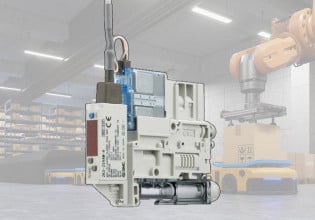Good morning/evening
We are experiencing difficulties with our MS7001EA 85MW single shaft Turbine which driving the Propane refrigeration compressors,during summer months as we reach the turbine temperature control limit and the helper motor limits (14MW)so any extra power shall be beneficial as an extra cooling capacity.
So I’m asking about any information about fogging systems (cheapest option)( water flow rate required/ water specs/ cost/ all water evaporates or only makeup required ) any such data .
Note
1-during summer day time temp=31. Rh= 70%(max) (I know humidity is an important factor but even with that humid according to psychrometric chart 5-7 degrees Celsius can be obtained.
2-only 2M/Hr Demineralized Unit capacity is available but two mechanical vapor compression Desalination unit with 9M/hr each are available with conductivity=2ms/cm. & chloride <1 mg/L.
Thanks for your time
We are experiencing difficulties with our MS7001EA 85MW single shaft Turbine which driving the Propane refrigeration compressors,during summer months as we reach the turbine temperature control limit and the helper motor limits (14MW)so any extra power shall be beneficial as an extra cooling capacity.
So I’m asking about any information about fogging systems (cheapest option)( water flow rate required/ water specs/ cost/ all water evaporates or only makeup required ) any such data .
Note
1-during summer day time temp=31. Rh= 70%(max) (I know humidity is an important factor but even with that humid according to psychrometric chart 5-7 degrees Celsius can be obtained.
2-only 2M/Hr Demineralized Unit capacity is available but two mechanical vapor compression Desalination unit with 9M/hr each are available with conductivity=2ms/cm. & chloride <1 mg/L.
Thanks for your time






